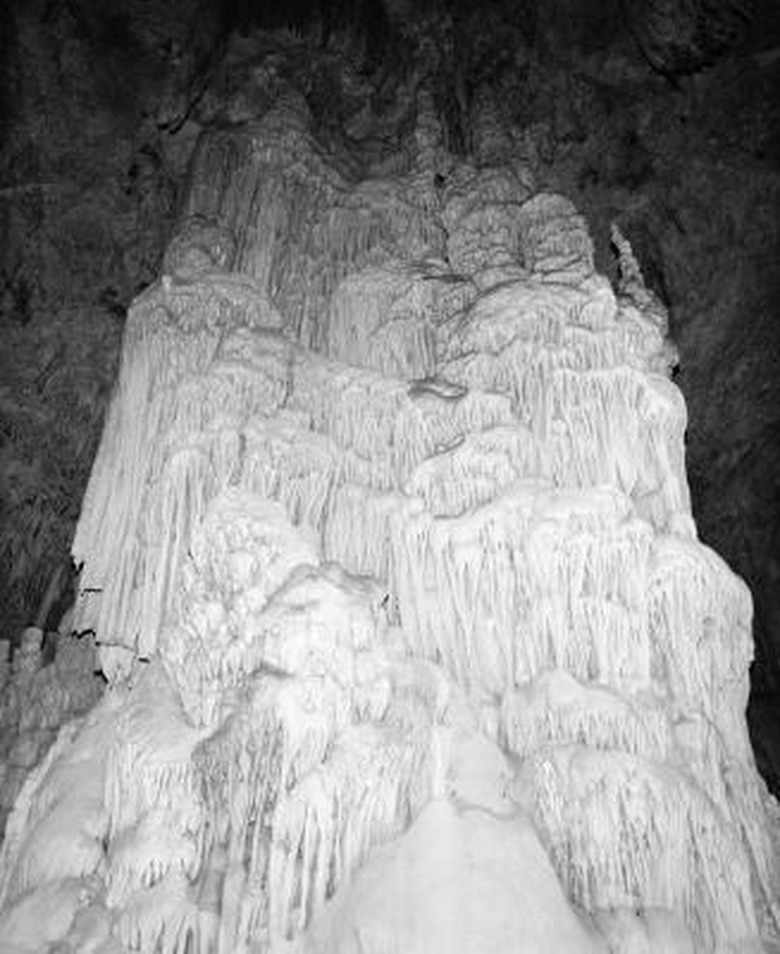Uses For Limestone Powder
Limestone is used in more daily products than one might think. Limestone is a sedimentary rock, formed by inorganic remains, such as shells or skeletons, that have compressed for a very long time. The main element found in limestone is calcium carbonate but it may contain magnesium, iron or manganese as well, which affect the whiteness and hardness. Limestone is one of the major ingredients used in construction materials but also has many other uses in daily life.
Steel
Steel
Limestone is used in making steel products. Limestone is added to mix with impurities in the melted iron, producing slag. The slag is separated from the iron leaving it clean of all impurities and limestone, which is then made into steel.
Plastic
Plastic
Limestone is used in a wide range of plastic and elastomeric, or rubber, products. The regular and controlled shape of the limestone particles and size of these particles makes it a great filler material for the production of plastic and rubber. Fillers are used to expand expensive plastics or other materials to increase the product size without the cost. Since limestone is a non-reactive material, it is perfect for this application.
Construction
Construction
Limestone is used in virtually all construction materials. Limestone is added in with clay and heated to form cement, which can be made into mortar by adding sand and water. Mortar is used to set bricks and act as an adhesive when it dries. Limestone is also used in concrete and asphalt filler.
Neutralizer
Neutralizer
Limestone can be added to water to remove impurities and pollutants. Since limestone is primarily made of calcium carbonate, a base substance, it can be used to neutralize acidity in industrial waste and run-off. Limestone can also be used to reduce soil acidity for agriculture.
Other
Other
Limestone can be used in pigment-making and as a filler for more expensive paints. Paper is also manufactured using limestone. Wood is treated with acid to help break it down, which is then treated with limestone to neutralize the acid and whiten paper. Limestone is also used in dyes and carpeting or other floor coverings, such as protective resins and coatings.
Cite This Article
MLA
Raud, Tim. "Uses For Limestone Powder" sciencing.com, https://www.sciencing.com/uses-limestone-powder-8271568/. 24 April 2017.
APA
Raud, Tim. (2017, April 24). Uses For Limestone Powder. sciencing.com. Retrieved from https://www.sciencing.com/uses-limestone-powder-8271568/
Chicago
Raud, Tim. Uses For Limestone Powder last modified March 24, 2022. https://www.sciencing.com/uses-limestone-powder-8271568/
